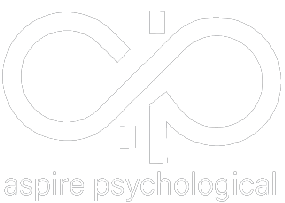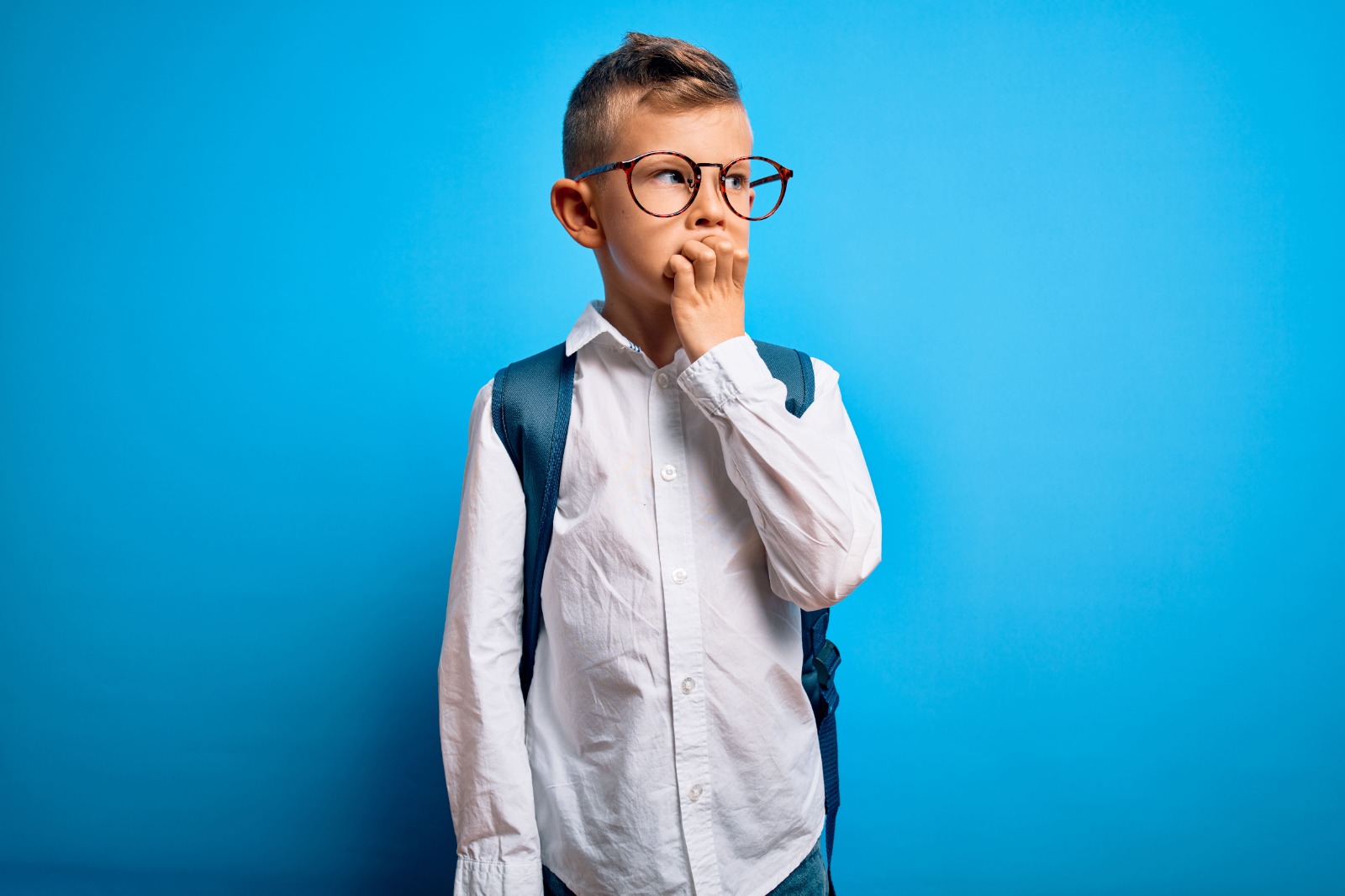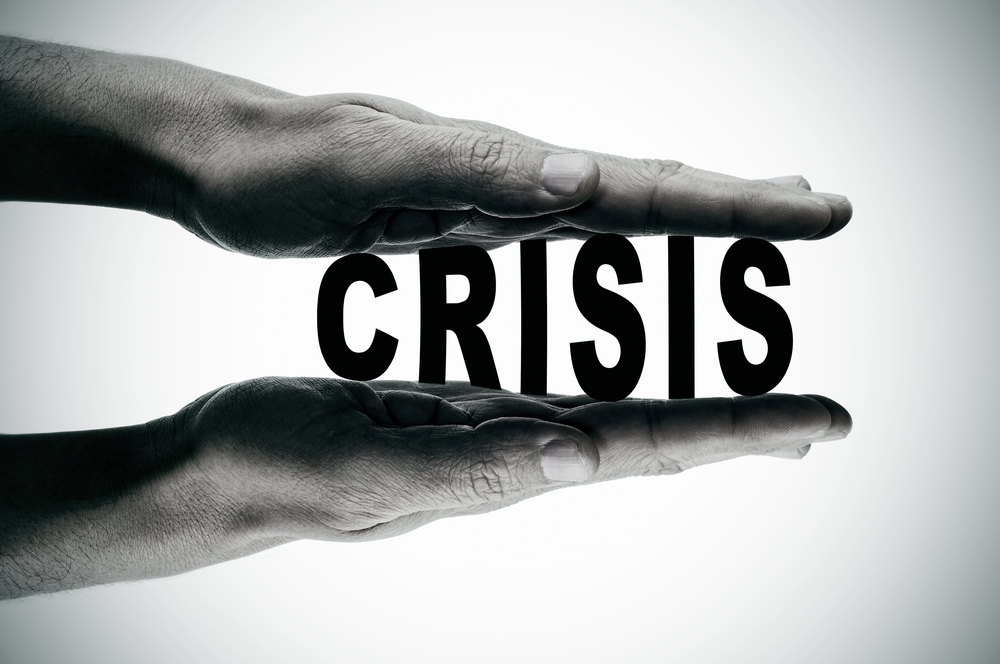Everyone experiences fear from time to time. As adults, most of us are afraid of at least one or two things. This is normal. It is also normal for children, but with the added element that they lack the life experience to properly manage fear. That being the case, what might seem like minor fears can actually turn into child phobias.
Child phobia therapy is a specialized form of therapy designed to help children recognize their fears and better manage them. The goal is not to rid the child of the fear completely – as though we could – but to help them overcome it by controlling the response to fear.
A Disproportionate Amount of Fear
It goes without saying that children are not adults. But how often do we forget that they experience the world differently? What seems like a minor problem to us can create monumental fear in a child’s mind. And when the amount of fear is disproportionate to the actual thing feared, one needs to consider a phobia.
Phobias are distinctly different from general anxiety disorder in the sense that they are triggered by specific things. A child with general anxiety disorder is likely to fear a lot of things without being particularly fearful of one in general. On the other hand, a child with a phobia might have a very profound fear of darkness, insects, dogs, heights, or just about anything else.
Childhood phobias are temporary and self-resolving most of the time. But in cases where phobias persist, they can lead to:
- emotional distress.
- avoidance behaviors.
- more pronounced anxiety.
- panic attacks.
Left untreated, childhood phobias left to grow and intensify only increase the risks of developing another mental disorder in the future. That is why we recommend therapy when a child’s phobias do not resolve in a reasonable amount of time.
A Normal and Natural Thing
Fear is a normal and natural part of the human body’s natural defense mechanisms. Therefore, we make no attempt to eliminate fear through child phobia therapy. Rather, we teach children to manage the fear they feel along with their responses to those feelings. Learning to manage is a skill that will serve them for the rest of their lives.
Some on the tools we use in this endeavor are:
- Exposure – Gradually exposing a child to that thing they fear, provided it’s done in a safe and controlled environment, teaches the child to confront what they are afraid of and come out the other end with no adverse consequences.
- CBT – Cognitive-behavioral therapy (CBT) is a therapy designed to help patients identify and challenge their negative thoughts and feelings. Once identified, they can be replaced with more positive alternatives.
- Relaxation – Teaching relaxation techniques like mindfulness and deep breathing can do wonders to help children manage fear.
- Play – Younger children can benefit from play therapy that encourages them to talk about what they are afraid of. Properly structured play can also teach younger kids coping mechanisms without them realizing they are being taught.
The goal of child phobia therapy is not to remove or suppress a child’s fear. Both children and adults need a healthy dose of fear every now and again. However, phobias take fear to an unhealthy level. Child phobia therapy looks to help children manage their feelings and responses so that they don’t eventually get out of control.
If you have a child who seems excessively afraid and is triggered by something specific, a childhood phobia might be the root of the problem. We can help, so do not be afraid to contact Aspire Psychological.





